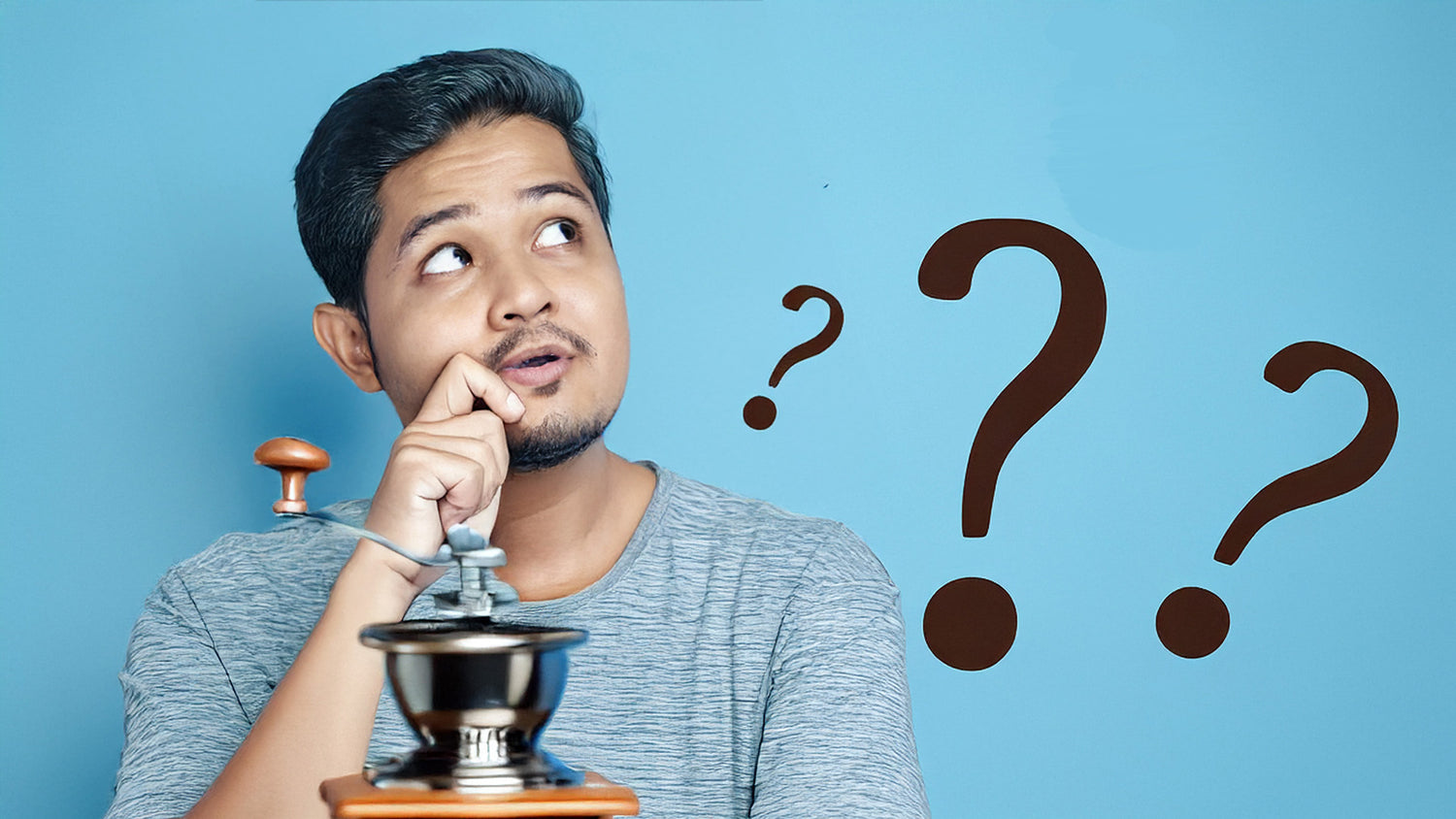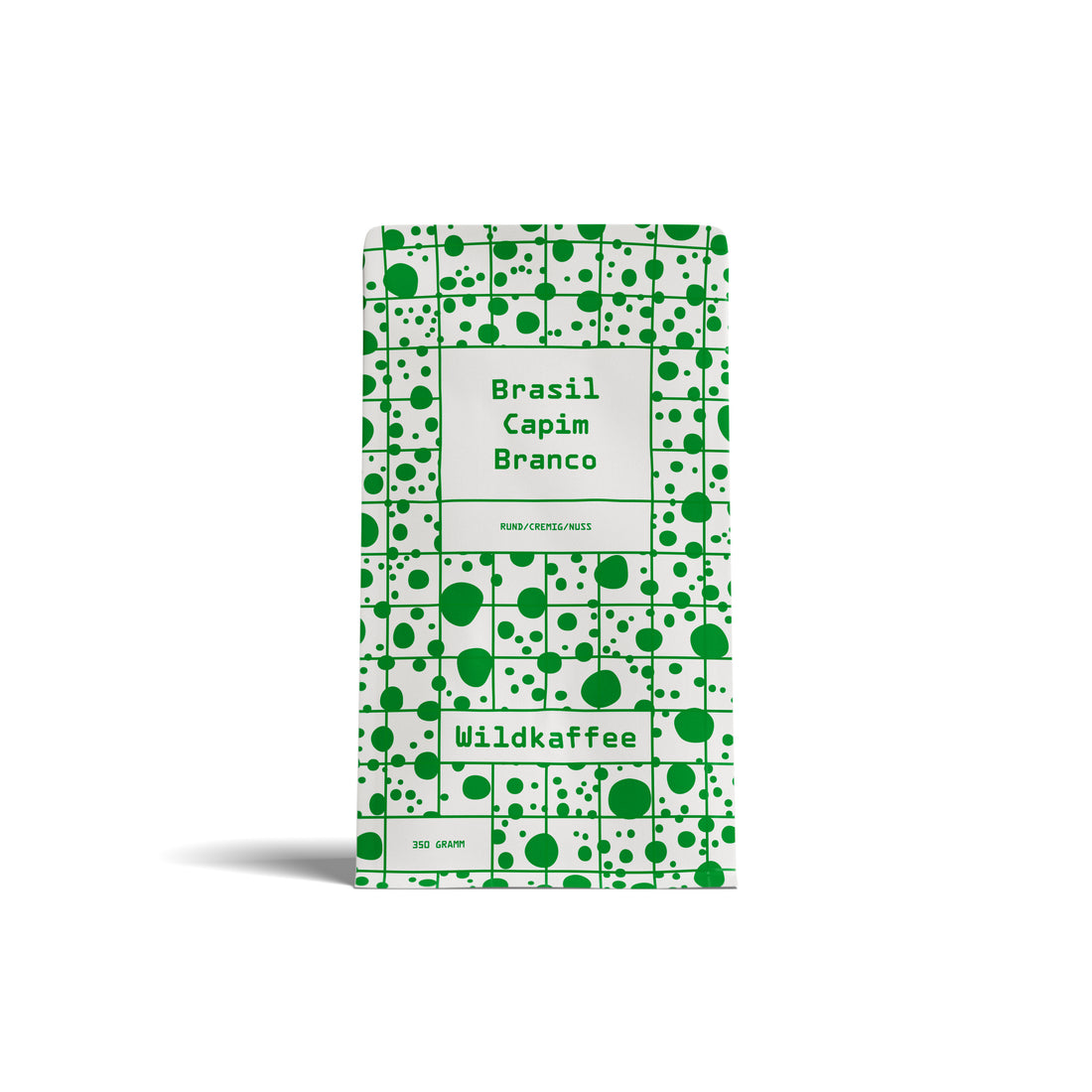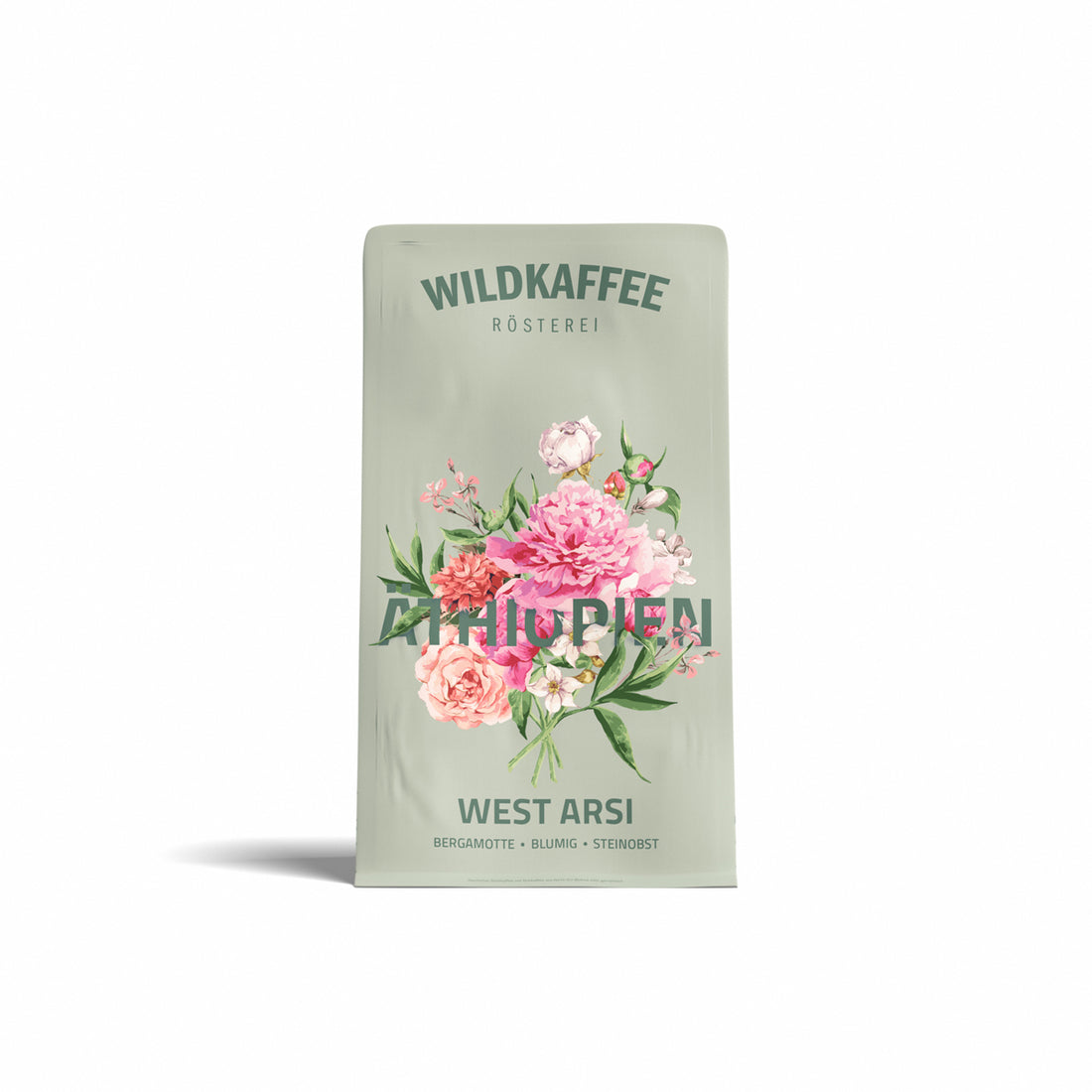Why the grind size is crucial
The grind size influences the surface area of the coffee that comes into contact with the water. The more surface area the coffee has, the more aromas and flavors the water can extract. If the grind is too coarse (less surface area), the coffee often tastes watery and under-extracted. If it is too fine (more surface area), it quickly becomes bitter and over-extracted. The right grind size ensures that the water has just enough surface area to dissolve the desired aromas in a certain amount of time – but not so much surface area that bitter substances predominate. This is because such coffee contains a huge amount of aromas and other flavors, and according to the Specialty Coffee Association, only between 18 and 22% of these should be dissolved.
How the grind size is related to the contact time
Contact time—the time the water is in contact with the coffee grounds—is a crucial factor that correlates with the grind size. The longer the water is in contact with the coffee, the more it can extract. A coarse grind results in larger particles, through which the water flows more quickly. A fine grind, on the other hand, has smaller particles that slow the flow. This results in the following guidelines:
- Finer grind → Slower flow → Higher extraction
- Coarse grind → Faster flow → Lower extraction
Therefore, the shorter the brewing time of a method, the finer the grind should be – and vice versa.
Overview: recommended grinding degrees per preparation method
Here's a table overview so you can quickly find your preparation method and adjust your grind size.
| Preparation method | Grinding degree | Particle size (µm) | Description |
| French Press | Very coarse (like coarse sea salt) | 900-1200 µm |
Long brewing time, no filter pressure |
| hand filter | Medium-coarse (like coarse sand) |
600-900 µm |
Uniform extraction through filters |
| filter machine | Medium |
500-700 µm |
Standard method, little manual control |
| AeroPress | Medium to fine |
300-700 µm |
Flexible – depending on the recipe |
| portafilter machine | Very fine (almost like flour) |
200-400 µm |
Short extraction time under pressure |
| Turkish coffee (Cezve) | Powder-fine (almost like dust) |
100-200 µm |
Very short brewing time, intensive extraction |

Understanding grind size – the matter of surface
The thing with the coffee surface area is a bit mathematical, but still pretty quick to explain. Let's start with the whole beans: If you were to put them into hot water as they are, the water can act on a surface area of approximately 70 square millimeters (for a coffee bean that is 6 millimeters high and 4 millimeters wide). If you break the bean in half, the surface area increases by the two fracture areas. If you break the two halves in half again, two more fracture areas are added, and so on and so forth. A perfectly ground bean has about 120 times the surface area of an unground bean. And that's the reason why we grind coffee before brewing. Because the idea is that the hot water hits and penetrates as much of the coffee surface as possible. Because that's the only way to achieve that exceptionally good flavor.
I mean, if you boiled the whole beans long enough, it would taste a little like coffee, but only a little. Caution: Try this at your own risk! 😊
How to find the right grind
You can determine the right grind size for your brewing method based on several factors—even if your method isn't listed above. Even if you don't have a caliper to measure the individual ground particles (which no one would do anyway—hopefully), or even if you realize you haven't gotten the grind right, you'll find these factors below.
Pay attention to the lead time
If your coffee is coming through too quickly, the grind is probably too coarse. If the extraction is too slow, it's too fine. Therefore, there are recommended contact times for each preparation method. The ideal extraction time, for example, is:
- Espresso: 25-30 seconds
- Hand filter: 2.5-3 minutes
- French Press: 4 minutes
- AeroPress: 1-2 minutes depending on the method
- Mocha pot: 3-5 minutes
These are not absolutely rigid times; you are always encouraged to do your own experiments and see what works and tastes best for you.
Try out your grind
You can work your way to the perfect grind by using a coffee grinder with an adjustable grind size. Start with the recommended grind, such as medium for filter coffee, and work your way up. Pay attention to:
- Taste (bitter, sour, balanced)
- Color and consistency of the coffee
- Amount of water passed through
- Speed of passage
Only change the grind size in small steps – depending on the preparation method, this can have a big impact.

Always use freshly ground beans
Only freshly ground coffee delivers the full flavor. Ideally, use a high-quality grinder with a disc grinder or at least a conical grinder. Cheap impact grinders produce uneven results, and for a consistent and even extraction, you need evenly ground coffee beans. You can use an electric or hand-operated grinder. You can also buy pre-ground coffee from us. There are two small drawbacks here: the grind size is an approximate value that may not be 100% suitable for your machine, and ground coffee loses its flavor faster than whole beans, so you should consume it more quickly.
Grinding special tips for advanced users
- Espresso: The finest gradations are crucial – often adjustments in the range of micrometers are necessary. Even a minimal change can have a profound impact on the taste.
- Pour Over: Use scales, a timer, and possibly a thermometer for consistent quality.
- Cold Brew: Extra coarse grind (1200-1500 µm) and long brewing time (12-24 hours in the refrigerator).




